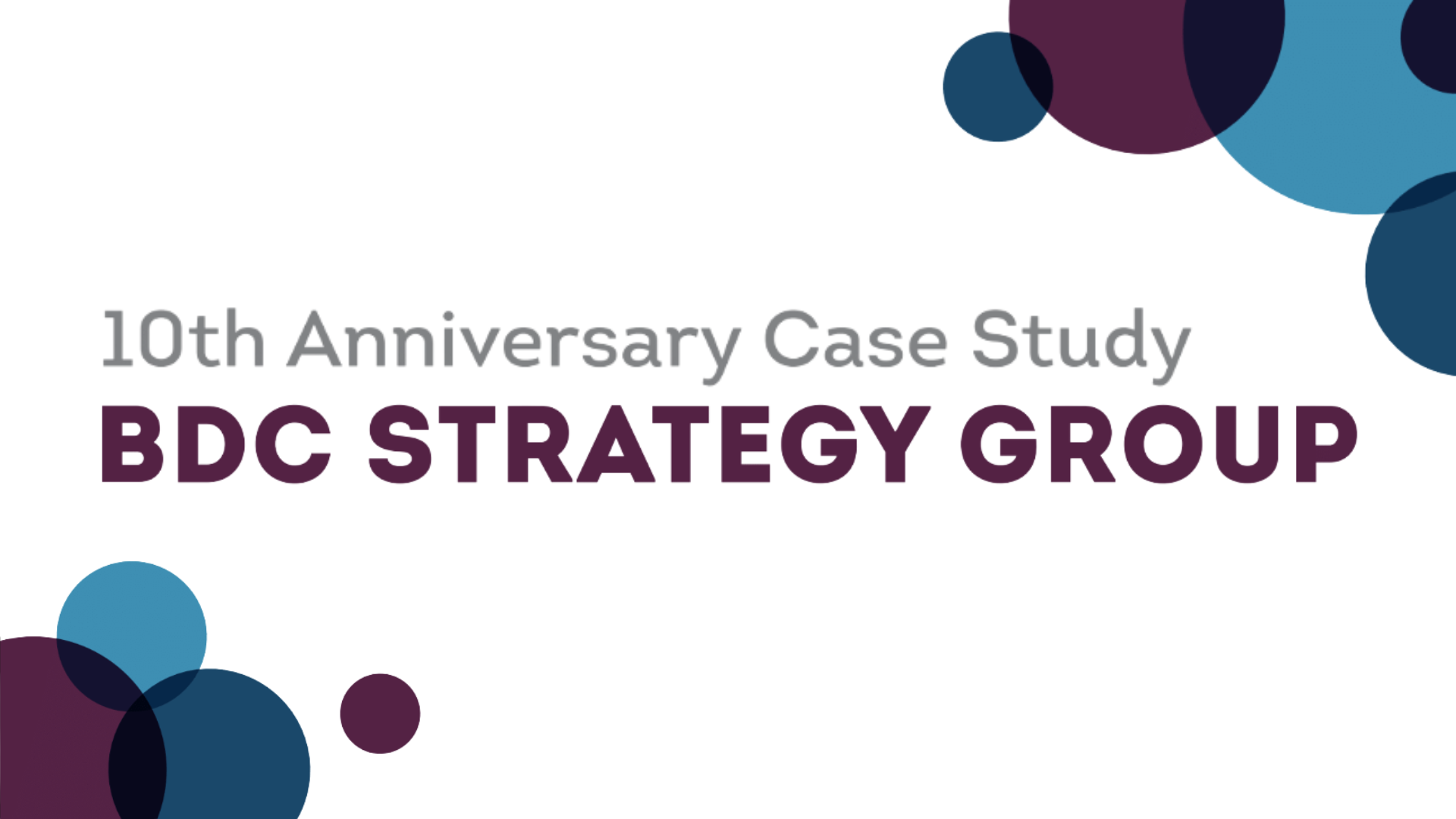While the term “social wellness” may be new and possibly unfamiliar, the concept is not. Think of social wellness as a sense of community, belonging and personal well-being. Work is one type of community, and with the amount of time that most of us spend working, doing so in isolation is challenging and, as health care experts have noted, can even be detrimental to your health. According to a study by U.S. Census Bureau, surveys reveal that around 60% of people in the U.S. right now report feeling lonely and isolated. Employees working remotely may feel disconnected, which can impact their overall well-being and productivity. However, by prioritizing social wellness in these environments, organizations can create a positive and supportive atmosphere for their teams.
Building a Virtual Community:
One of the key aspects of social wellness is a sense of belonging and inclusivity. By creating a virtual community, employees can feel connected and supported, enhancing their overall social wellness. Other benefits of social connectedness extend beyond individual health. According to the Centers for Disease Control (CDC), social connectedness also can help create trust and resilience within communities. Companies should promote the use of communication tools such as chat platforms and video conferencing for casual conversations. Organize team-building activities, such as online games or virtual coffee breaks, to foster social interactions and strengthen relationships.
Encouraging Open Communication:
Effective communication is vital for social wellness, particularly in remote work settings. Employees may face challenges in terms of miscommunication and feelings of isolation. Emphasize the importance of regular team meetings and provide platforms for sharing updates, ideas, and concerns. Managers should be accessible and approachable, creating a safe space for employees to voice their opinions and seek support.
Supporting Employee Well-being Initiatives:
Remote work environments offer unique opportunities to support employee well-being initiatives related to social wellness. For example, supporting virtual fitness challenges, online hobby groups, or wellness webinars. Foster a culture of recognition and appreciation by highlighting employee achievements and milestones and creating a positive and engaging work environment. Companies with workplace wellness programs report over 60% increase in productivity, employee satisfaction, and financial stability and growth while decreasing absenteeism by 50%.
In today’s remote work landscape, social wellness plays a vital role. By implementing these three strategies, organizations can enhance social connections and create a positive work environment.




